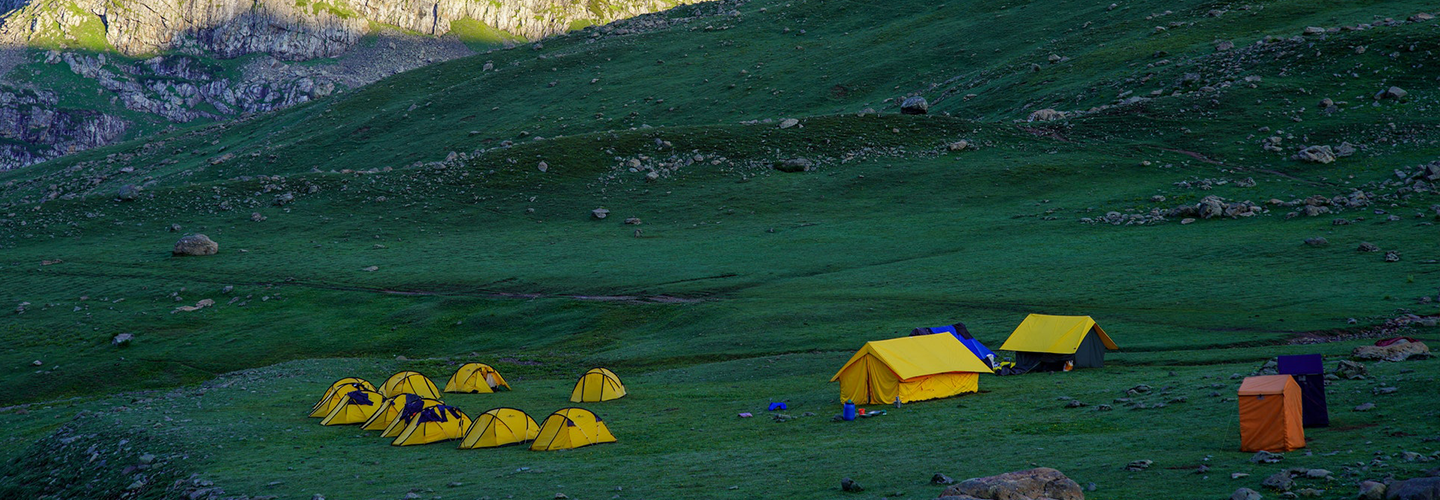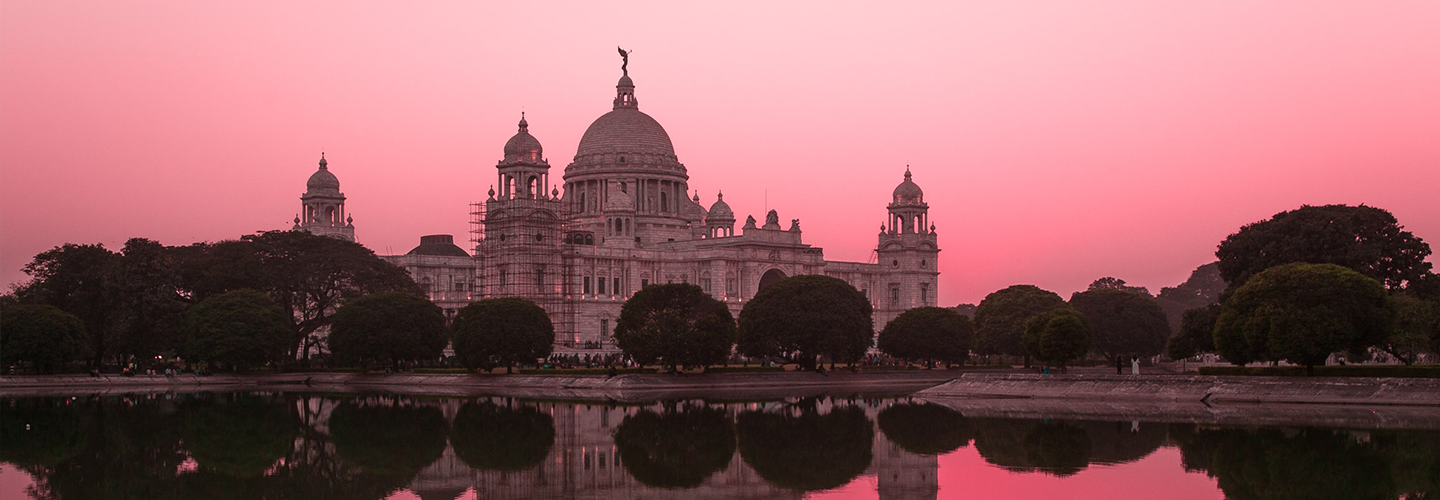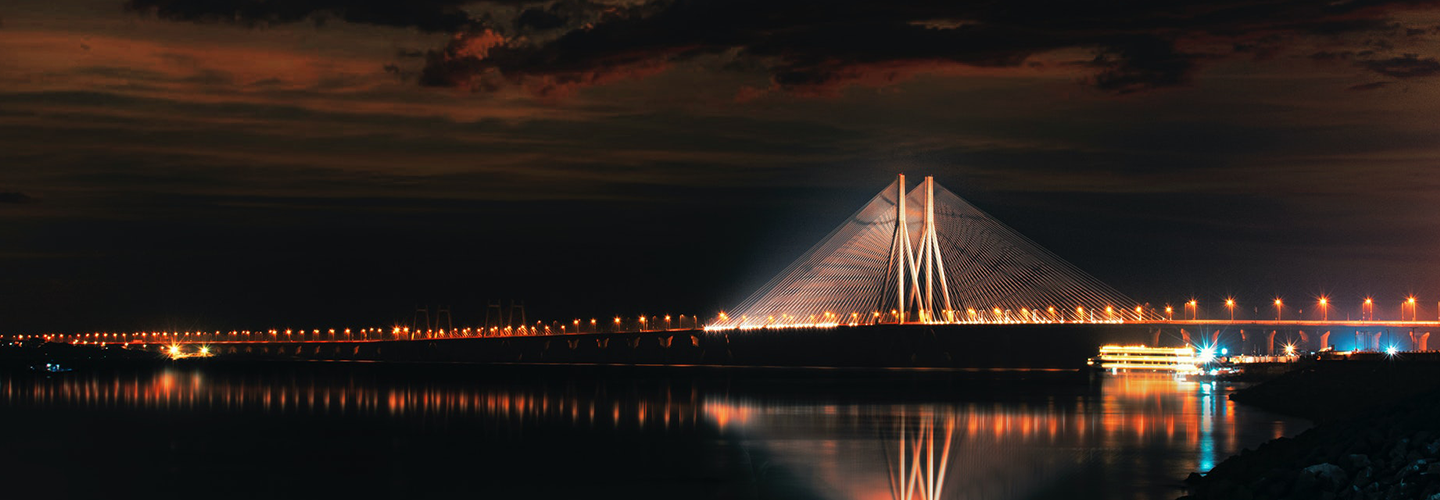
India
about india

North India
North India is the crown of India spread across vast region of Indus-Gangetic Plain and the Himalayas, which demarcate the region from the Tibetan Plateau and Central Asia. Since ancient times this has been the seat of rulers of India. It has been the historical centre of the Mughal Empire, the Delhi Sultanate and the British Indian Empire. North India can offer every kind of tourism to satisfy different choices. From the poetic beauty of Kashmir to the royal grandeur of Rajasthan. From the purest symbol of love, Taj Mahal to the holiest of all rivers, the Ganges. North India is a treasure trove of vast nature, authentic culture and an array of experiences filled with serenity. Exceptionally blessed with a diverse landscape, it has a rich cultural heritage that leaves you overwhelmed. North India comprises Jammu & Kashmir, Delhi, Uttar Pradesh, Haryana, Punjab, Rajasthan, Himachal Pradesh and Uttarakhand. People explore the northern part of India for its diversity and to get a chance to escape from the monotonous circle of citylife. Explorers from all over the world are mesmerized by the might of the Himalayas and the holiness of River Ganges. Completely awed with the Great Indian Desert and finding themselves in the ancient city of Varanasi, North India is one of the best travel experiences of the world.

South India
South India is peninsular southern part of the Deccan Plateau, bounded on three sides by the salty waters of the Bay of Bengal in the east, the Arabian Sea in the west and the Indian Ocean in the south. The geography of the region is diverse with two mountain ranges, the Western and Eastern Ghats bordering the plateau heartland. Majestic rivers Godavari, Krishna, Kaveri, Tungabhadra & Periyar, keep the region lush green throughout the year. South India encompasses several enchanting destinations such as Tamil Nadu, Kerala, Karnataka, Pondicherry and Andhra Pradesh. Each destination has its own share of wonderful attractions to adorn your holidays with golden memories. From honeymoon tour to Ayurveda tour, beach tour, backwater tour, adventure tour, pilgrimage tour, wildlife tour and cruise tour, South India has a variety of options in its sleeves.

East India
The ruling ground of many ancient empires, East India has a strong ethnic culture and religious roots. Comprising the easternmost cities namely Odisha, West Bengal, Arunachal Pradesh, Bihar, and Jharkhand. Kolkata, known as the Cultural Capital of India, is the largest city of East Indian region. Located in the state of West Bengal, it boasts 19th-century architectural marvels such as Victoria Memorial and Howrah Bridge. The narrow alleyways and markets blend well with the ancient temples, science centers, and educational institutions giving Kolkata a metropolitan character. West Bengal is also famous for its beautiful hill stations - Darjeeling, Siliguri, and Kalimpong. The tea gardens and toy train bring an old-world charm to Darjeeling, whereas Siliguri has wildlife sanctuaries and rivers for a perfect getaway. Adventure thirsty tourists are often seen trekking the trails of Kalimpong or enjoying rafting in its cold river waters. In East India, Odisha is a state that displays innate architectural prowess. The Sun Temple in Konark and the ancient Jagannath Temple in Puri are fine examples of it. Various unspoiled beaches and caves are also found here. Bihar and Jharkhand, though underrated, have many tourist attractions. Bodhgaya is the birthplace of Buddhism whereas Rajgir is known for its hot water springs. In Ranchi, you find numerous picturesque waterfalls.

West India
Western India is region of India includes the states of Goa, Gujarat, and Maharashtra along with the Union territory of Dadra and Nagar Haveli and Daman and Diu. In ancient history, Western India was ruled by the Rashtrakuta Empire, the Maurya Empire, the Gupta Empire, Rajputs, Satavahanas, Western Satraps, Indo Greeks, Kadambas and many more. in the ancients times. During the medieval age, the area was under the rule of the Vaghela dynasty, the Gujarat Sultanate, and the Delhi Sultanate. Thereafter, the area was under Mughal rule. Later, the Maratha Empire which arose in western Maharashtra came to dominate a major portion of the Indian sub-continent. However, its defeat by the British in the Anglo-Maratha wars left most of India under colonial rule. The region then experienced great upheavals during the struggle for Indian Independence. Gandhi's Dandi March took place in Gujarat. The region became part of independent India in 1947. Due to this there is a diversity of cultures, cuisines and languages. Mumbai, the home of bollywood is heart of Western India which is also a must visit by international tourists

North East India
Northeast India is the easternmost region of India comprising of Arunachal Pradesh, Assam, Manipur, Meghalaya, Mizoram, Nagaland, Tripura and Sikkim. The entire region is blessed with natural scenic beauty, distinct historical cultural and ethnic heritage. The region offers unforgettable visits for tourists interested in wild life, religious, cultural and ethnic tourism, river cruises, golf and a host of others. There is also great scope for mountaineering, trekking and adventure tourism in the region.Northeast of India is home to many wildlife sanctuaries like Kaziranga National Park famous for the one horned rhinoceros, Manas National Park, Nameri, Orang, Dibru Saikhowa in Assam, Namdhapha in Arunachal Pradesh, Balpakram in Meghalaya, Keibul Namjao in Manipur, Intanki in Nagaland, Khangchendzonga in Sikkim. The mighty Brahmaputra flows through the length of Assam where tourists can enjoy memorable river cruises and the flowing rivers of Arunachal Pradesh which feed the Brahmaputra offering incredible white water rafting experiences.